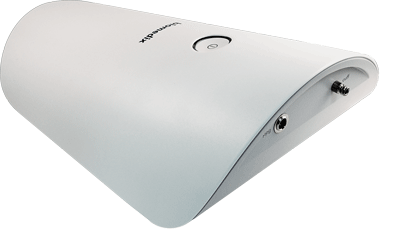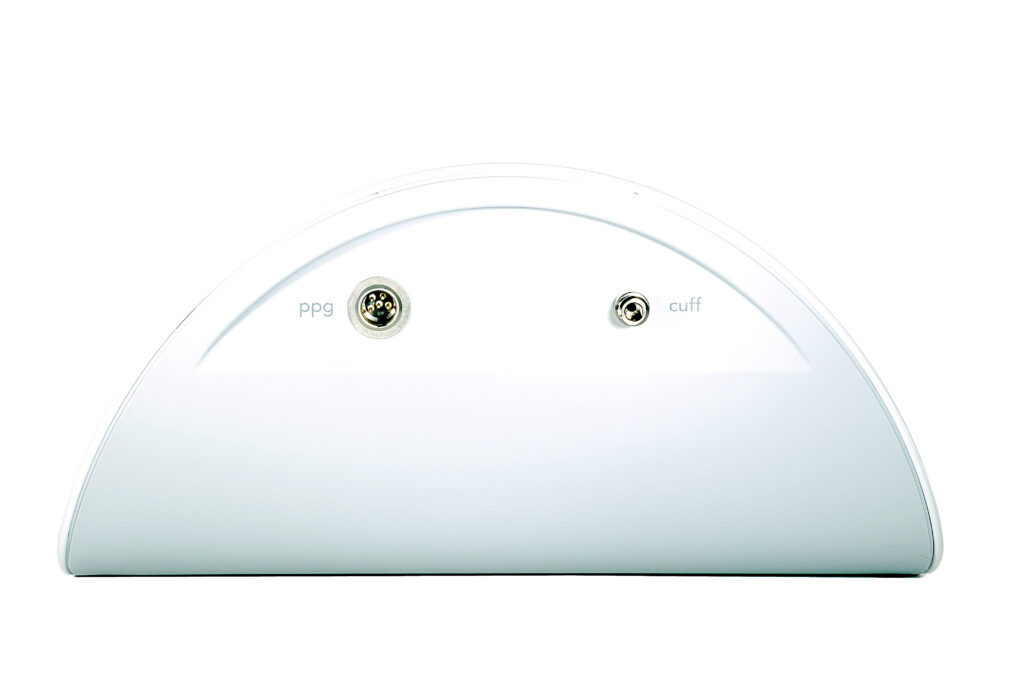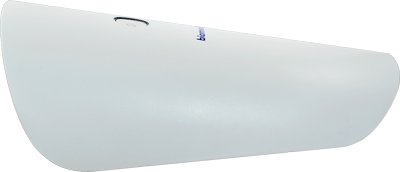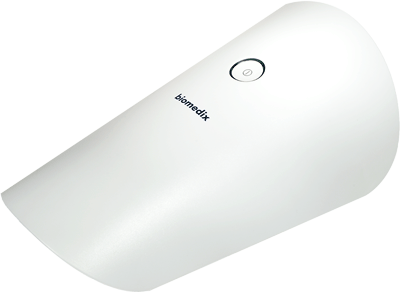Implementing non-invasive physiologic testing through the use of PADnet to detect a common and under-diagnosed chronic condition, provides a lot of value to providers and patients.

Optimize Patient Outcomes
Early identification of Peripheral Artery Disease (PAD) enables patients with this chronic condition to be offered less risky interventions with a wider range of outcomes.
By identifying PAD early in the progression of the disease, there is a wider range of interventions available, including lifestyle modifications such as supervised exercise therapy, nutritional counseling, and smoking cessation. If these modifications are successful, you can prevent the need for invasive or surgical interventions.
Of the 180,000 lower extremity amputations performed annually[i], 54% were due to vascular disease such as PAD[ii]. Through the early identification of PAD, amputations could be prevented.

Lower Healthcare Costs
PAD increases the cost of healthcare, and the early identification of this chronic condition can help reduce the financial burden of this disease. A study using data from the Agency for Healthcare Research and Quality Medical Expenditure Panel Surveys has estimated that the average annual expenditure per individual was $11,553 (95% CI, $8137–$14 968) for patients with PAD versus $4,219 (95% CI, $4064–$4375) for those without[iii].
In terms of amputation prevention through early PAD detection for limb salvage and other programs, healthcare providers have an opportunity to lower healthcare costs. The annual burden of non-traumatic lower extremity amputations results in $8.3 billion in annual hospital costs alone[iv]. In addition to hospital costs and outpatient and rehabilitation costs associated with LEA, the 2-year cost of a patient suffering from an LEA is over $91,000, and a lifetime cost of over $500,000[v].

Enhance Patient And Customer Experience
By delivering a more comprehensive suite of services such as non-invasive testing for chronic conditions such as Peripheral Vascular Disease or PAD, your patients can have a more rich experience in your office without requiring more provider time per patient, since the test is typically performed by a medical assistant.

Mitigate Risk
Providers performing any sort of invasive procedure in the lower extremities should be evaluating the circulation of bloodflow to those extremities to confirm wound-healing potential. If a cut is required to perform a procedure and there isn’t a sufficient supply of oxygenated blood, the wound may be slow to heal[vi], increasing the chances of infection, which has the potential to progress to gangrene.
By documenting this assessment, you can effectively lower your risk profile when performing these interventions, by practicing defensive medicine that lowers overall healthcare costs as well.

Establish Physician Extender Service Line
With providers being more pressed for time than ever before in the face of stagnant or declining reimbursement, establishing an ancillary service such as PAD testing, enables a wider range of service to be offered in the practice without requiring providers to see more patients.

Increase Reimbursement Revenue
By establishing a PADnet program, you can increase your reimbursement revenue. Typically, performing one test a week covers the cost of the device. PADnet is a great way to improve your bottom line without having to see more patients, or necessarily spend more time in the office.

Maximize Practice Value
Establishing physician extender services increases your practice’s value, offering an established service line that is not dependent on a specific healthcare provider. If you are considering succession planning, a PADnet program is a great way to ensure you receive fair value for your hard work providing patient care over the years.

Clinical Decision Making
If you are considering administering compression therapy to a patient with venous system issues, it is advisable to confirm that the patient doesn’t have PAD, since compression stockings and leggings would further impede bloodflow who are already having circulation issues in their lower extremities[vii].

Establish A Diabetic Shoe Program
The documentation around the prescription and dispensing of diabetic shoes has become more difficult, but with PADnet, any diabetic patient with an abnormal PADnet study should qualify since they are now presenting with a circulatory problem.

[i] Owings M, Kozak LJ, National Center for Health S. Ambulatory and Inpatient Procedures in the United States, 1996. Hyattsville, Md.: U.S. Dept. of Health and Human Services, Centers for Disease Control and Prevention, National Center for Health Statistics; 1998.
[ii] Ziegler‐Graham K, MacKenzie EJ, Ephraim PL, Travison TG, Brookmeyer R. Estimating the Prevalence of Limb Loss in the United States: 2005 to 2050. Archives of Physical Medicine and Rehabilitation2008;89(3):422‐9.
[iii] Scully RE, Arnaoutakis DJ, DeBord Smith A, Semel M, Nguyen LL. Estimated annual health care expenditures in individuals with peripheral arterial disease.J Vasc Surg. 2018; 67:558–567. doi: 10.1016/j.jvs.2017.06.102
[iv] HCUP Nationwide Inpatient Sample (NIS). Healthcare Cost and Utilization Project (HCUP). Rockville, MD: Agency for Healthcare Research and Quality; 2009.
[v] MacKenzie EJ. Health-Care Costs Associated with Amputation or Reconstruction of a Limb-Threatening Injury. The Journal of Bone and Joint Surgery (American)2007;89(8):1685.
[vi] Linton C, Searle A, Hawke F, Tehan PE, Sebastian M, Chuter V. Do toe blood pressures predict healing after minor lower limb amputation in people with diabetes? A systematic review and meta-analysis. Diabetes and Vascular Disease Research. May 2020. doi:10.1177/1479164120928868
[vii] Sanchez, C. (2018). Compression to reduce leg edema in patients with arterial occlusive disease – double focal compression bandaging. Veins and Lymphatics, 7(3). https://doi.org/10.4081/vl.2018.7980